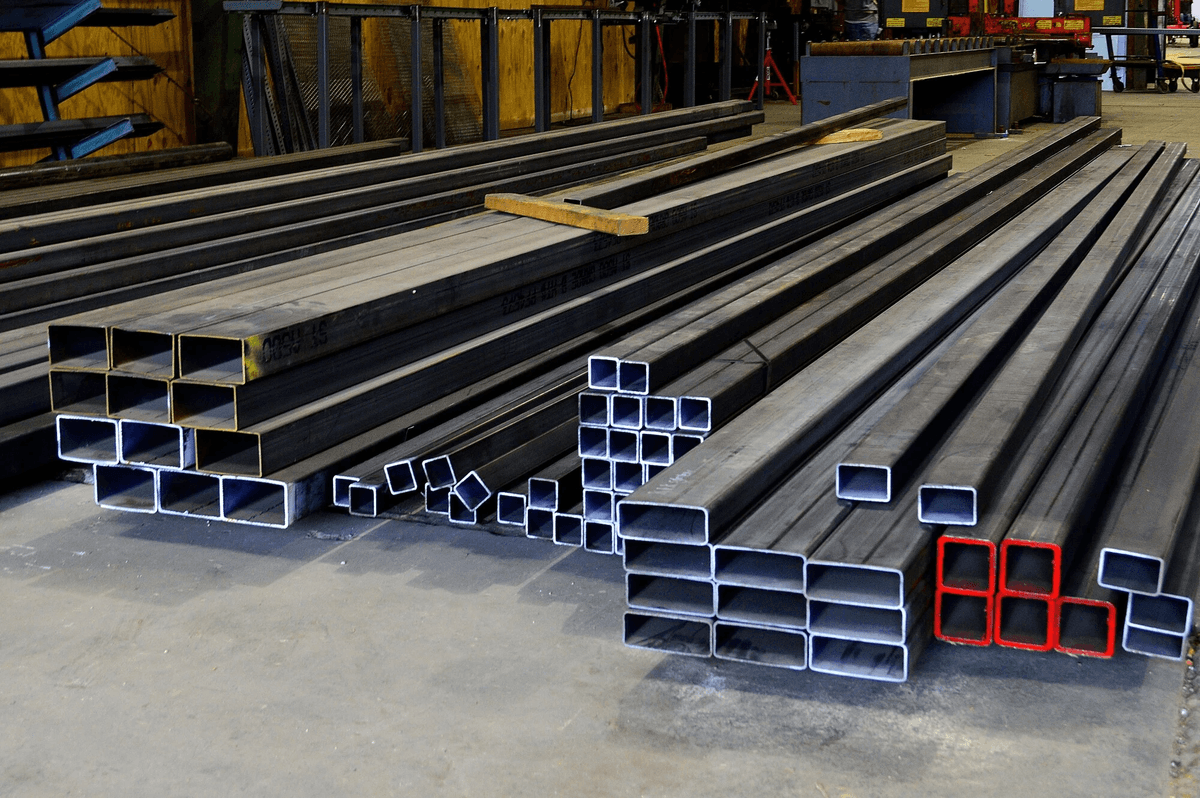
Steel fabrication is an intricate process that involves transforming raw steel into complex structures, machinery, and equipment. It is a vital component of modern infrastructure, playing a crucial role in the construction of buildings, bridges, and other monumental projects. From the towering skyscrapers that dominate city skylines to the intricate machinery that powers industrial processes, steel fabricators are the unsung heroes behind the scenes, working tirelessly to bring architectural visions to life.
The process of steel fabrication is a highly specialized one, requiring a deep understanding of metallurgy, engineering, and design. Steel fabricators must possess a unique combination of technical skills, creativity, and attention to detail, as they work to translate complex designs into tangible structures. This involves cutting, shaping, and assembling raw steel into precise components, which are then welded, bolted, or riveted together to form the final product.
One of the most critical aspects of steel fabrication is precision. Even the slightest deviation from the design specifications can have catastrophic consequences, compromising the structural integrity of the final product. To achieve this level of precision, steel fabricators rely on advanced computer-aided design (CAD) software, which enables them to create detailed models and simulations of the final product. This allows them to identify potential flaws and make adjustments before the fabrication process begins.
In addition to precision, steel fabricators must also contend with the physical properties of steel itself. Steel is a highly versatile material, but it can be prone to warping, bending, and corrosion if not handled properly. To mitigate these risks, steel fabricators must carefully select the type of steel alloy best suited to the project, taking into account factors such as strength, durability, and resistance to corrosion. They must also employ specialized techniques, such as heat treatment and surface finishing, to enhance the material's properties and extend its lifespan.
The role of steel fabricators extends far beyond the construction industry, however. They also play a vital role in the manufacturing sector, producing complex machinery and equipment that power industrial processes. From the massive turbines that generate electricity to the precision instruments that drive medical research, steel fabricators are responsible for creating the intricate components that make modern industry possible.
In recent years, steel fabricators has undergone a significant transformation, driven by advances in technology and changing consumer demands. The rise of sustainable building practices, for example, has led to an increased focus on environmentally friendly steel fabrication techniques, such as the use of recycled steel and energy-efficient production methods. Similarly, the growing demand for customized products has driven the development of new fabrication techniques, such as 3D printing and laser cutting.
Despite these advances, the art of steel fabrication remains a highly labor-intensive process, requiring a deep understanding of traditional craftsmanship and manual skills. Steel fabricators must possess a unique combination of technical knowledge and physical dexterity, as they work to shape and assemble complex structures by hand. This blend of old and new skills is what sets steel fabricators apart, enabling them to create structures that are both aesthetically pleasing and structurally sound.
As the demand for steel fabrication continues to grow, it is clear that the industry will play an increasingly important role in shaping the modern landscape. From the iconic skyscrapers that dominate city skylines to the intricate machinery that powers industrial processes, steel fabricators are the unsung heroes behind the scenes, working tirelessly to bring architectural visions to life. Whether you are an architect, engineer, or simply a curious observer, the art of steel fabrication is an fascinating topic that is sure to captivate and inspire.
In conclusion, the art of steel fabrication is a complex and multifaceted process that requires a deep understanding of metallurgy, engineering, and design. From the precision cutting and shaping of raw steel to the final assembly of complex structures, steel fabricators play a vital role in bringing modern infrastructure to life. As the industry continues to evolve, driven by advances in technology and changing consumer demands, it is clear that the art of steel fabrication will remain a crucial component of modern society, shaping the very fabric of our built environment.